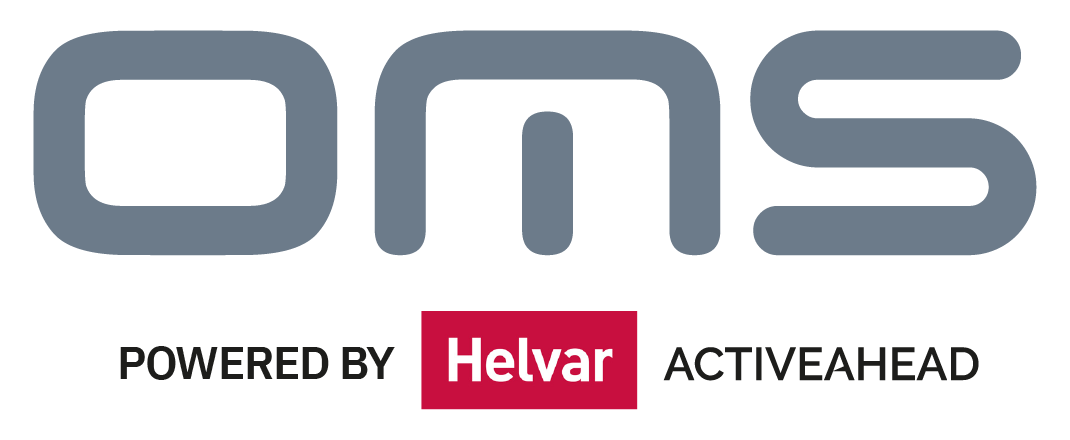System Structure & Architecture
Mesh Network Topology
ActiveAhead uses a Bluetooth Mesh network, where all devices (luminaires, sensors, nodes) communicate with each other directly. There is no central controller, and each device acts as both a transmitter and receiver.
Key Benefits of Mesh:
-
High redundancy (no single point of failure)
-
Easy scalability (from a single room to an entire building)
-
Automatic formation and re-routing of communication paths
Roles of System Components
1. Nodes (ActiveAhead Nodes)
-
Embedded in or connected to luminaires
-
Form the core of the mesh network
-
Handle logic like presence detection, daylight harvesting, and communication
-
Execute learned behaviors locally (self-learning AI is distributed)
2. Sensors
-
Usually built into the luminaire or externally mounted
-
Detect motion, presence, and ambient light levels
-
Feed real-time data to the node for adaptive lighting decisions
3. Gateways (Optional)
-
Used to connect the mesh network to the internet/cloud
-
Enable remote access and integration with Helvar Insights
-
Act as bridges between the wireless network and external building systems (e.g. BMS)
Optional Cloud Connectivity
Helvar Insights is the cloud-based platform that extends the value of ActiveAhead:
-
Energy Monitoring: Track energy usage in real-time across different zones or buildings
-
Space Utilization: Analyze occupancy data to optimize workspace layouts
-
Predictive Maintenance: Get alerts about device health before failures occur
-
Remote Access: Monitor and configure the system remotely via dashboards
Note: Cloud access is optional — ActiveAhead works fully offline, ensuring security and local autonomy.
Contact us
Interested in Helvar ActiveAhead or need more information?
Feel free to reach out:
-
Fill in the contact form
-
Send us an email: active@oms.lighting
-
Give us a call: +421 903 564 280
